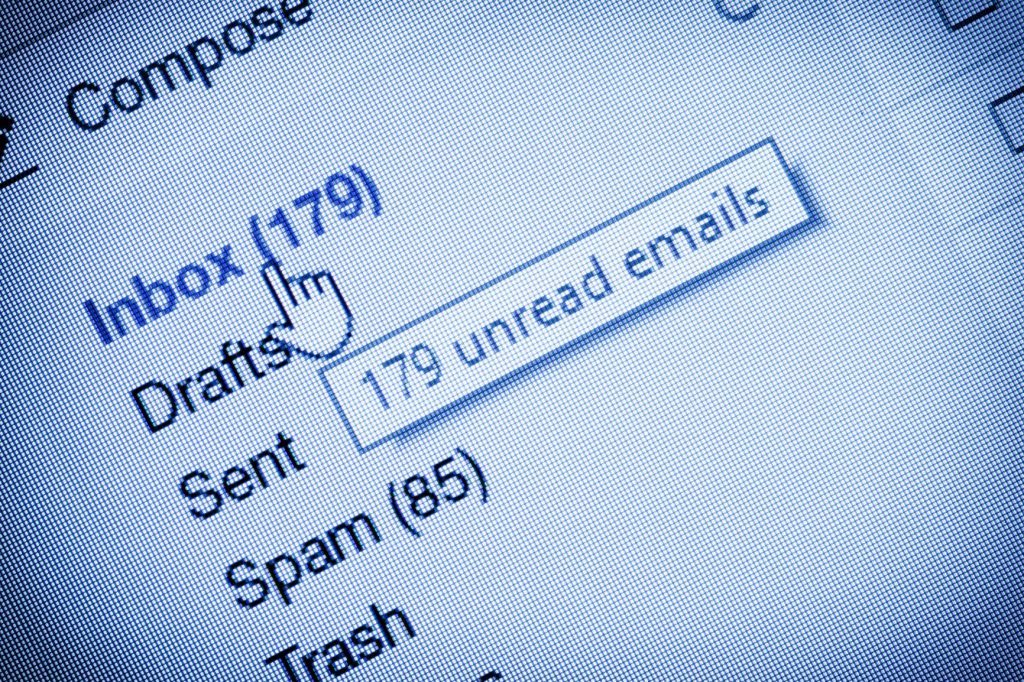Securing Your Business: Our Zero Trust Approach to Managed Cybersecurity

Securing your business is more essential than ever, but are you sure your current strategy is up to the task? With our Zero Trust approach to managed cybersecurity, we change how you think about protection. Our motto is “Never trust, always verify.” Strong access controls and continuous monitoring can substantially reduce vulnerabilities. But remember, creating […]
Tip of the Week: Ways to Improve Focus

While we all like to think we are paragons of productivity, the reality of the matter is that it’s far too easy to become distracted while trying to get work done. How do you stay focused when there are so many distractions out there? It all starts with controlling your environment and changing the way […]
4 Steps to Make Cybersecurity Training Effective

Real cybersecurity preparedness is, like most things in a business, a team effort. Everyone needs to be aware of the best practices involved in cybersecurity. Naturally, this will involve training. In the interest of making sure this training is as effective as it needs to be, we’ve assembled a few best practices to keep in […]
How Get the Most Out of Your POS System

Many small businesses that provide goods or services have a Point of Sale, or POS, as the primary workstation. As such, many of the business’ core processes run through it. These systems have a plethora of great features that are built right into them, and if you fail to take advantage of them, you could […]
How to Get Control of Your Email Inbox

As you read this sentence, think about the current state of your email inbox. Is it clean and crisp with only a handful of new emails on a daily basis, or is it an entangled mess filled with hundreds (or even thousands) of unread and often unimportant emails? If it’s the latter, you’re in luck; […]

